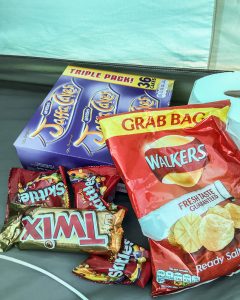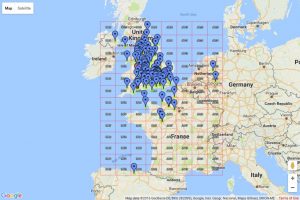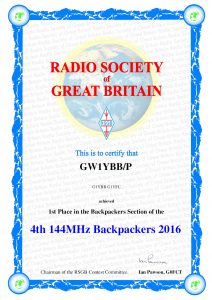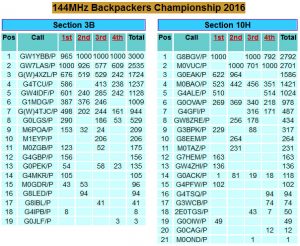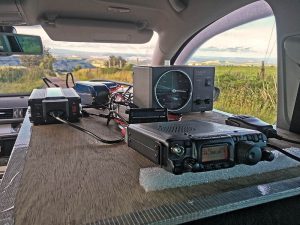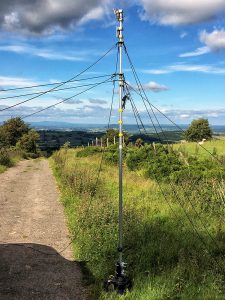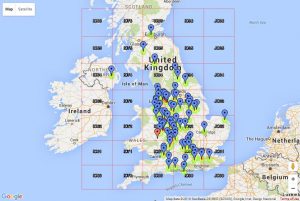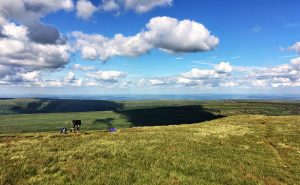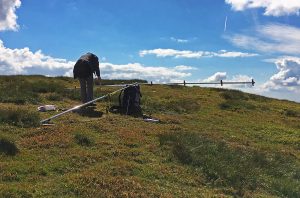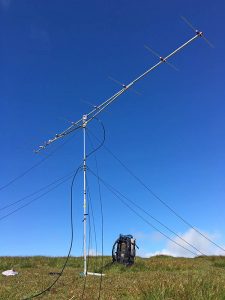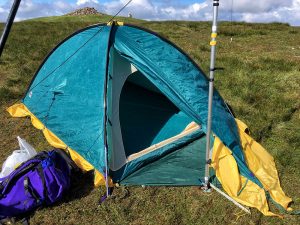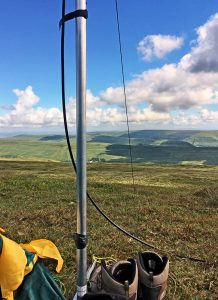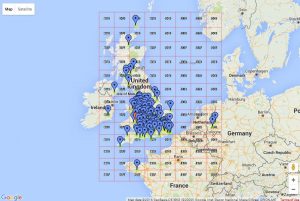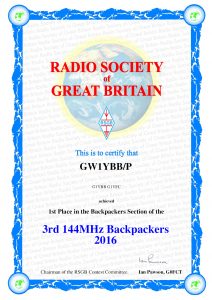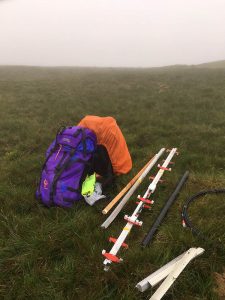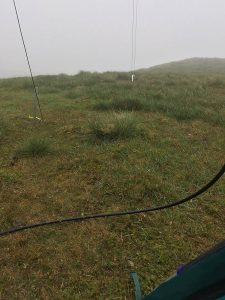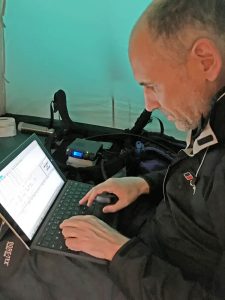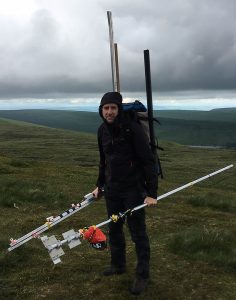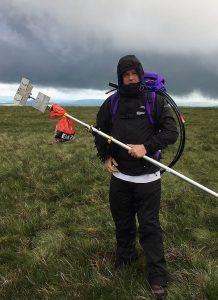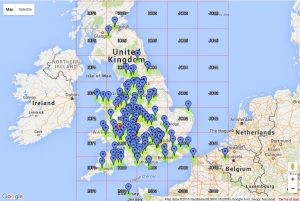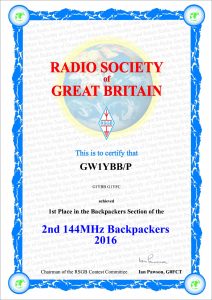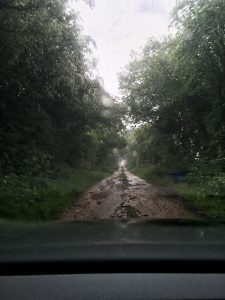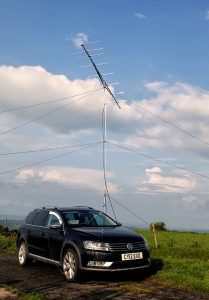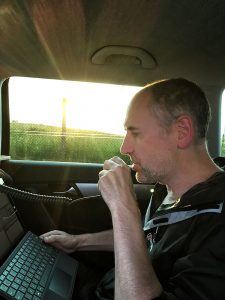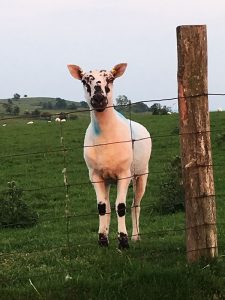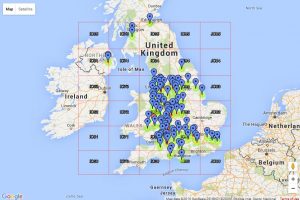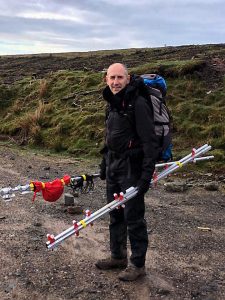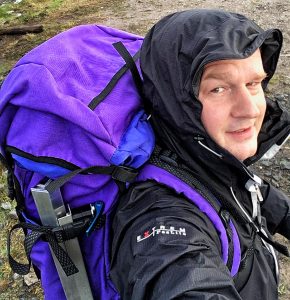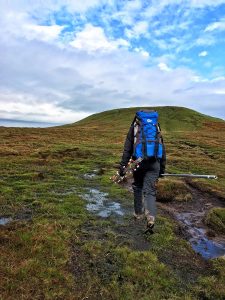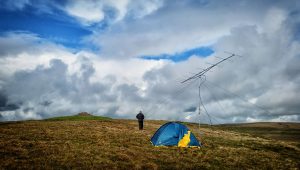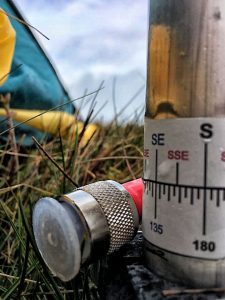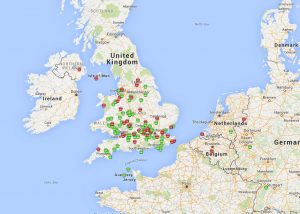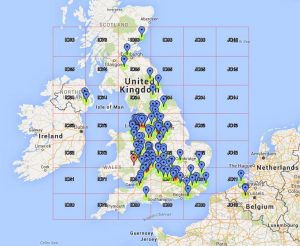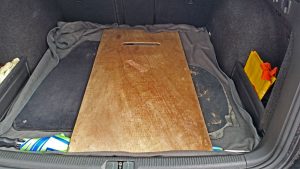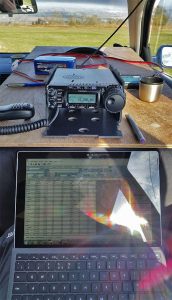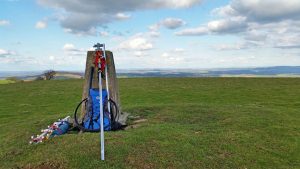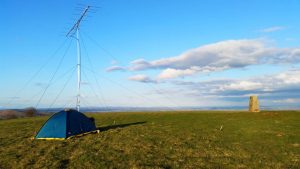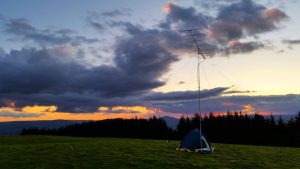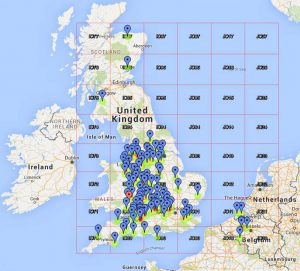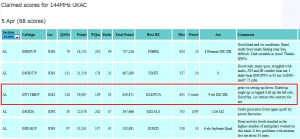I have missed the last two instalments of the 144MHz UKAC series, August was an aborted attempt thanks to an important forgotten part and September I was away on a USA road trip.
For this contest in the continuing goal of improvement I have got a slightly taller mast (6.1m aluminium scaffold pole) to enable a faster set up and tear down time. The 2 or 3 guy sets lightweight mast is quite time consuming to put up. I have made a temporary drive on base with the rotator at the base to help. Actually setting up on my own as I was involved adding the 3 guys and lifting the mast up and down to find the right lengths for the two ‘downhill’ guys until they were set and then tie off the 3rd guys that stops it falling back down. This would have been way faster with a second op but I got there.
Once up there was a nice sky behind it at least:
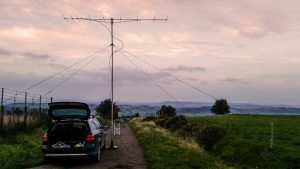
My other improvement was to dig out the ‘old girl’ my venerable Yaesu FT-225RD. Of all the radios with 2m I have available it still has the best front end for contesting. It also lets me achieve the full 10W in my section (the FT-817 only provides 5W). I’d planned to modify it to take an 8 pin MH-31 style mic cable to use my CQ caller on it but it was easier in the end to knock up a simple interface box run off a battery to power it.
Once I got going in the contest I happened to hear an OZ calling CQ and worked him early on for my best DX of the night which was a great start. Activity was good too and I think I got my highest QSO count in the UKAC this year. A late run of multipliers helped bump up the score too.
My QSO map:
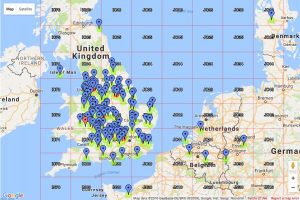
Claimed scores (top 10):

Final scores (top 10):

Full result list (PDF)
